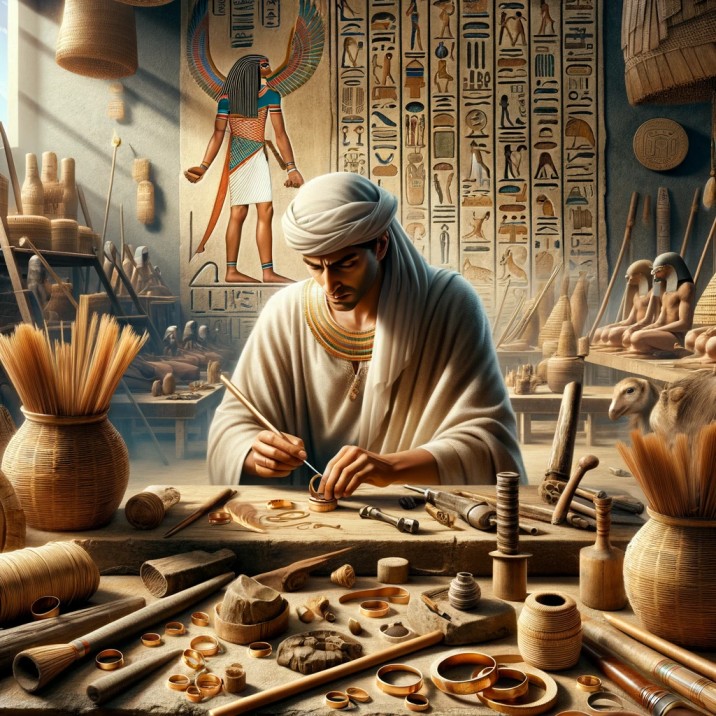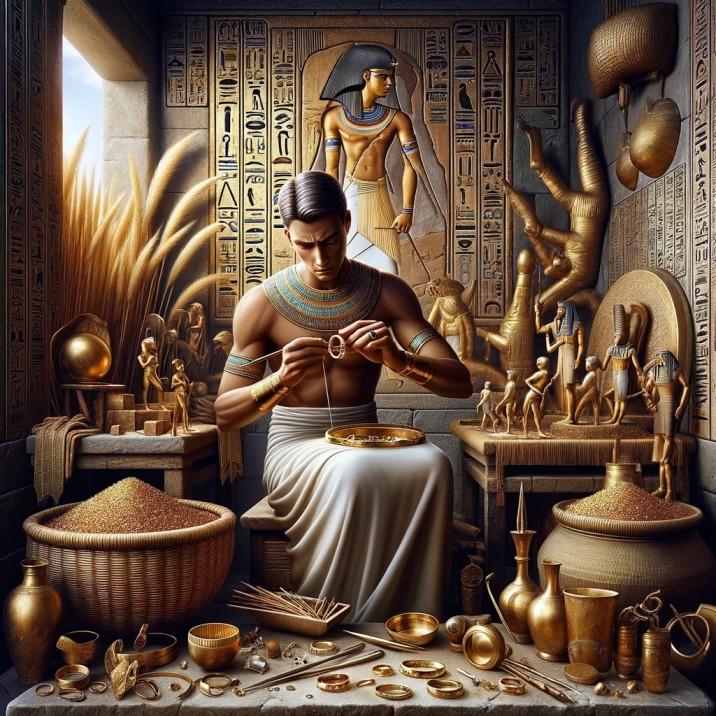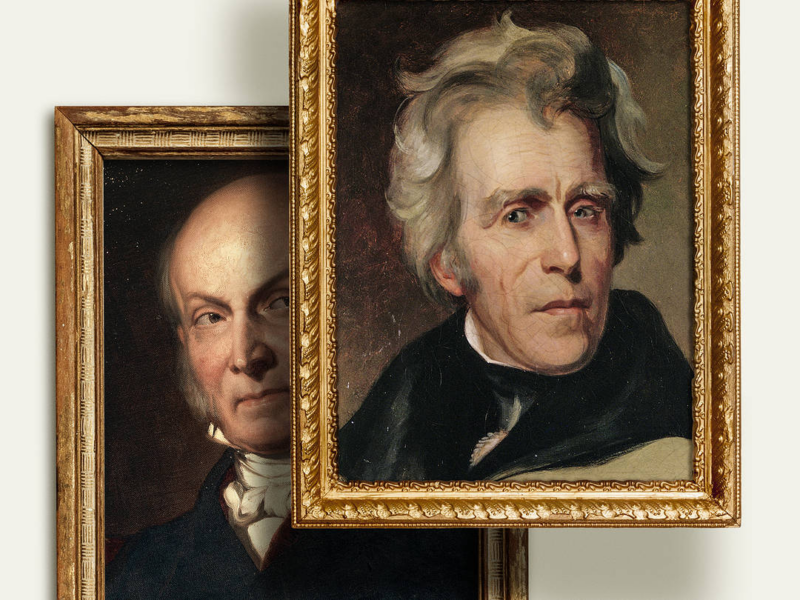The short answer for Who invented the wedding ring? The concept of the wedding ring, symbolizing eternal love and commitment, traces its origins back to ancient Egypt, around 3,000 BCE. The Egyptians believed that the ring’s circular shape represented eternity, with no beginning or end. They commonly used materials like reeds, leather, or bone to create these rings. This tradition was later adopted and adapted by the Romans, who began the custom of giving a metal ring as a token of the intent to marry.

The wedding ring, a universal symbol of love and commitment, has a history as rich and varied as the cultures that have embraced it. Its journey from the banks of the Nile in ancient Egypt to the fingers of millions around the world is a fascinating tale of tradition, adaptation, and enduring symbolism.
In ancient Egypt, approximately 3,000 years BCE, the first recorded examples of wedding rings were made. The Egyptians, renowned for their rich symbolism, saw the ring’s circular shape as a powerful symbol of eternity. They believed that the circle represented a never-ending cycle and an unbreakable bond. The space in the center of the ring held significance as well, symbolizing a gateway or door leading to events both known and unknown.
Originally, these rings were not the precious metal bands we know today. Instead, they were made from materials readily available along the Nile River, such as reeds, leather, and bone. These rings were exchanged between couples as a sign of their everlasting love and were worn on the fourth finger of the left hand. This tradition stemmed from the belief in ‘vena amoris’ or the vein of love, which was thought to run directly from this finger to the heart.
As the tradition of the wedding ring spread to other cultures, its form and the materials used to craft it evolved. The Romans, who adopted this custom, were among the first to use metal rings. They also introduced the idea of a public declaration of marriage. However, in Roman times, the ring symbolized ownership rather than love. A husband would give a ring to his wife to signify his intention to marry her, marking her as his property.
The use of metal rings became more widespread during the Roman Empire, with iron being a popular choice due to its strength and durability, symbolizing the strength of the union. Over time, gold became the preferred metal, particularly in Christian contexts, due to its rarity and beauty, symbolizing purity and the holy nature of the matrimonial bond.
In medieval Europe, the church began to formally bless wedding rings, integrating them into Christian wedding ceremonies. By the 12th century, the wedding ring had become a deeply entrenched symbol of marital commitment in Western culture. It was during this time that the ring started to take on a more familiar form, with inscriptions, gemstones, and intricate designs.
The Renaissance period saw an evolution in the design of wedding rings, with the introduction of the ‘Gimmel’ ring – a ring with two or three interlocking bands. The separate pieces would be worn by the betrothed and the witness until the wedding day, when the bands would be reunited to form a complete ring, symbolizing the union of the couple.
In the modern era, the wedding ring continues to be a vital component of marriage ceremonies across various cultures. While styles and materials have diversified, the core symbolism remains the same – a representation of eternal love, devotion, and the unbreakable bond between partners.
The journey of the wedding ring from ancient Egypt to the present day is a testament to its powerful symbolism and the human desire to express love and commitment. It has transcended time, culture, and geography to become a universal symbol of marriage – an unbroken circle that represents the eternal nature of love.
More History knowledge.


